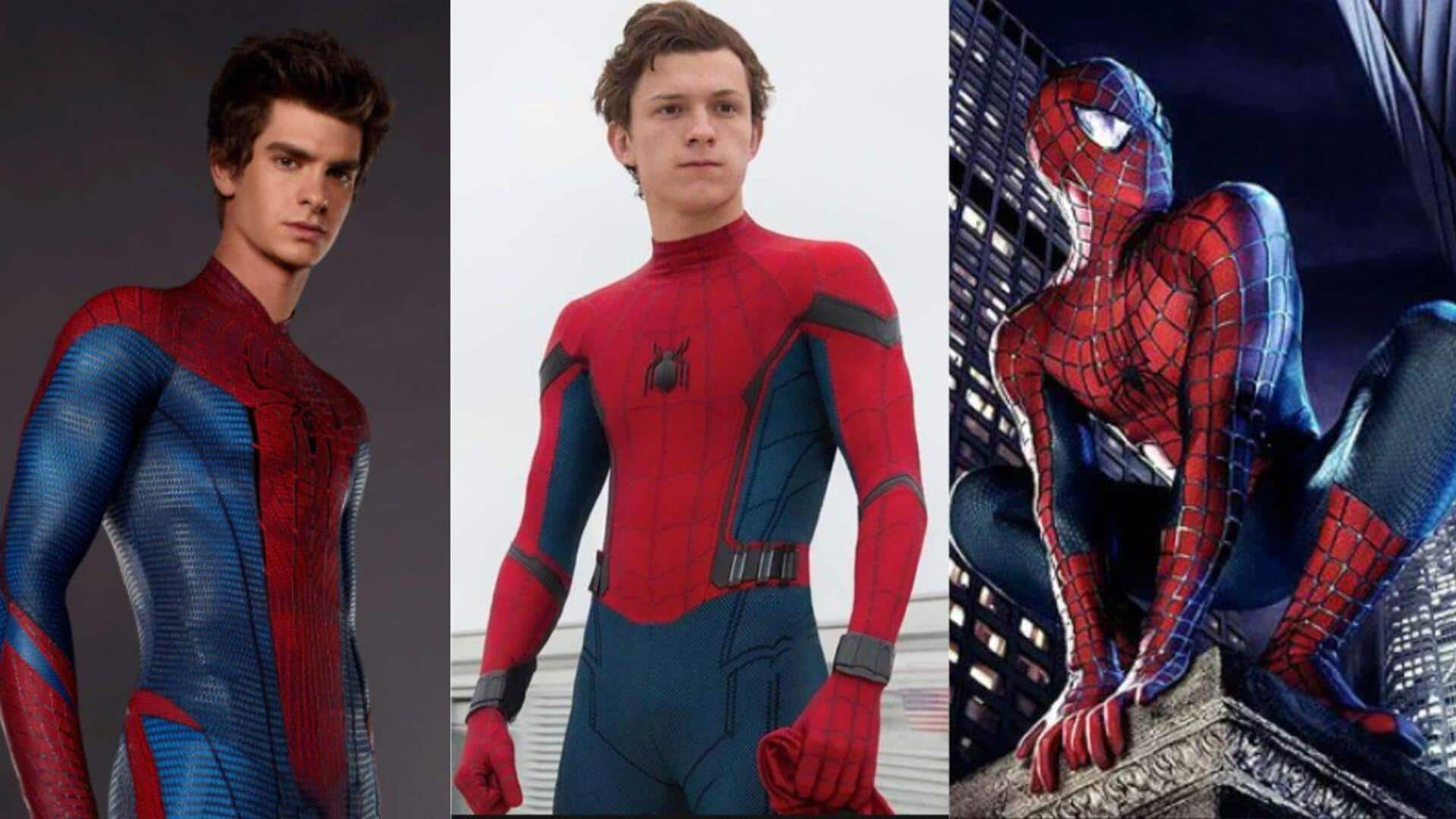
How Spider-Man's suit swung from classic to cutting-edge
What's the story
One of the most iconic superheroes, Spider-Man, has come a long way when it comes to his suit in US cinema. From its first appearance to the latest adaptations, every version is a reflection of technological advancements and how much we've changed as an audience. Here's how Spider-Man's suit has evolved over the years, with some of the most notable changes and innovations.
Early 2000s
'Spider-Man' (2002) suit design
The 2002 Spider-Man film brought us a suit that was pretty much identical to the comic book one. Red and blue, web patterns, and a big spider emblem on the chest. The material was spandex-like, making it look sleek but flexible enough for action sequences. This version set the benchmark for future adaptations by striking a balance between authenticity and practicality.
Modernization
'The Amazing Spider-Man' (2012) update
In The Amazing Spider-Man, we saw some major updates to the suit design. The colors were darker, and the webbing pattern was more defined. The eyes were small when compared to the previous versions, giving it a more edgier look. Further, this one also introduced mechanical web-shooters, instead of organic ones, and stayed true to the comic book lore.
Technological advancements
Marvel Cinematic Universe (MCU) influence
With Spider-Man making his debut in the MCU with Captain America: Civil War, his suit saw yet another change. Designed by Tony Stark in the story, it was equipped with nifty tech features like an AI interface and a variety of web configurations. However, this version focused more on functionality than looks, demonstrating how tech could bring superheroes to the next level.
Latest innovations
Recent developments in 'Spider-Man: No Way Home'
In 2021's Spider-Man: No Way Home, further innovations were made to reflect both character growth and narrative needs. The integration of nanotechnology allowed for seamless transitions between different suits during battles without compromising mobility or style elements like color schemes or emblem designs, demonstrating continuous evolution aligned with modern cinematic trends.